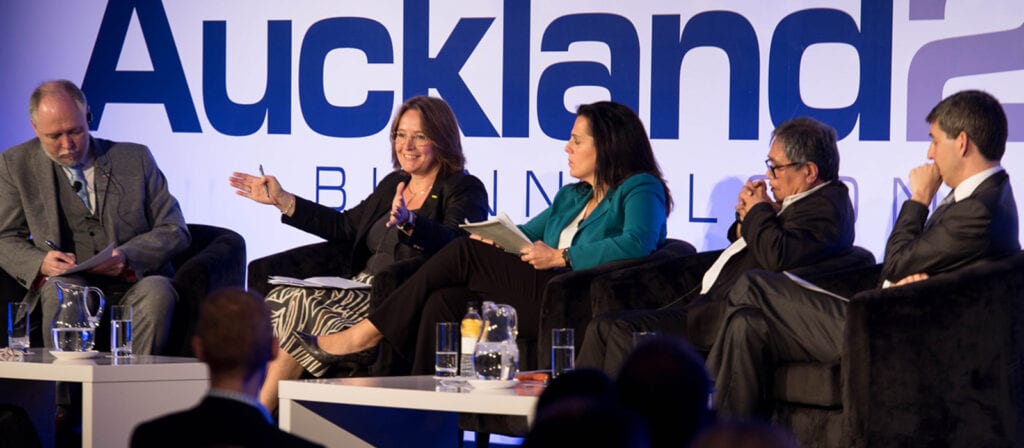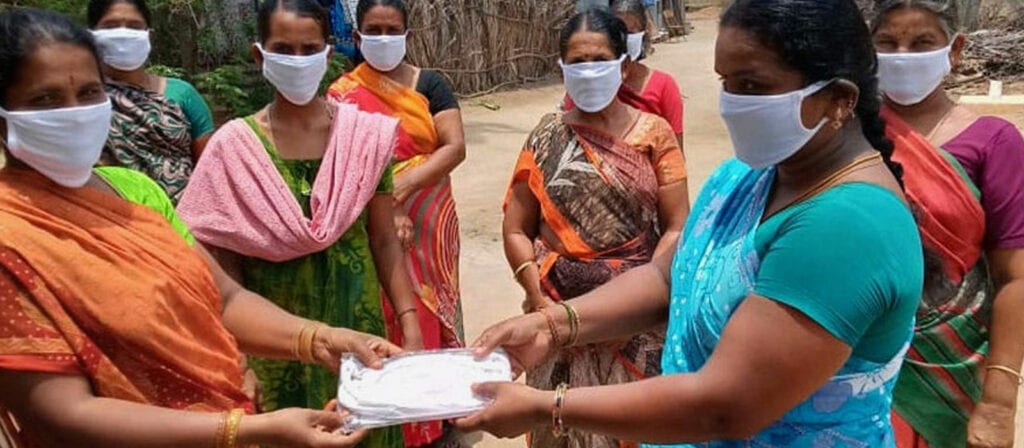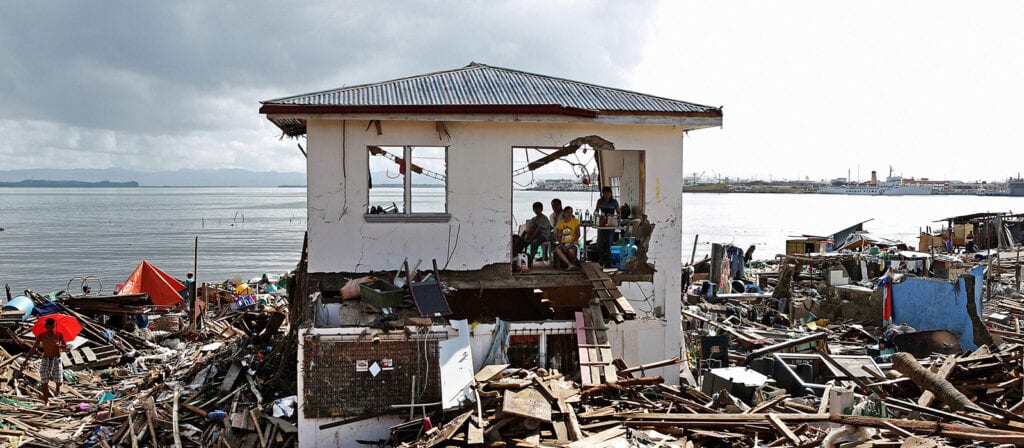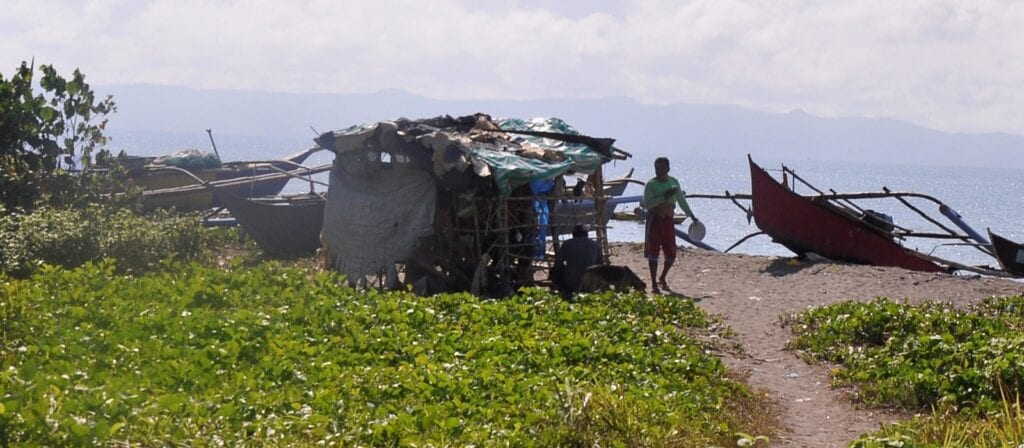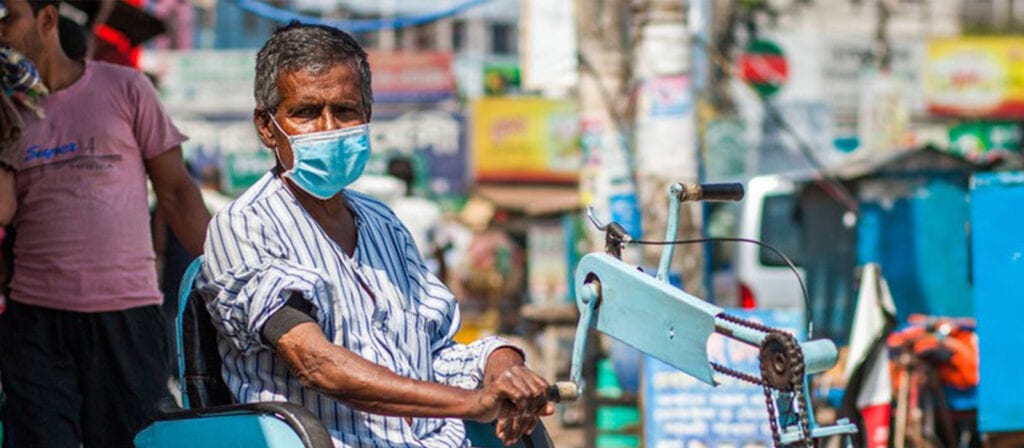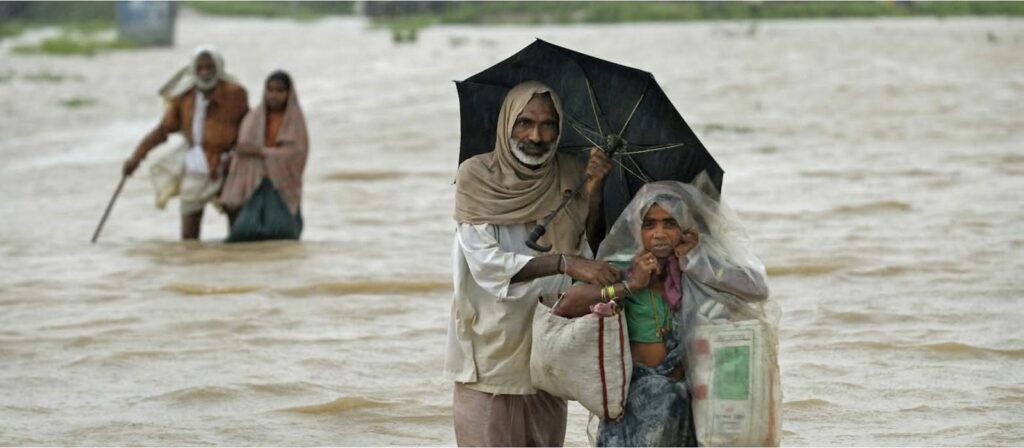Microinsurance is very different to traditional insurance. The clients are typically higher risk with little understanding about the need for insurance; distribution is conducted via very informal networks of intermediaries; and policies are simple with few exclusions. Payments tend to be frequent, although often irregular, and the policy is mostly attached to a loan. Claims handing involves much smaller sums.
The microinsurance ecosystem involves a range of participants: both regulated insurers (multinationals to NGOs) and informal insurers – backed by reinsurers – servicing individual, group and household policyholders through a wide variety of distribution channels including MFIs, banks, retailers, mobile phones, churches and utilities.
Mutual and cooperative insurers are considered ideal partners or creators of microinsurance. This is because they understand the importance of staying close to the customer and understanding the risk. It is in the very DNA of a mutual to empower communities to meet unmet needs in a sustainable way.
Microinsurance offers numerous opportunities to insurers, particularly in terms of directly addressing the protection gap; creating a new group of global policyholders; and for those interested in diversifying into health insurance. Those organisations who invest will benefit from significant UN engagement on a global, regional, and local basis and will be part of the transformation of countries. The learning opportunities are immense, as are the fresh insights gained through the process of joint product development/delivery and joint country work.
